Not everyone has heard of warrigal greens yet, but they’re about to become your new favorite leafy green vegetable! These greens are delicious and can often be found growing wild along the coastline of many countries. So let’s take a look at warrigal greens to discover the true appeal of these versatile little leaves.
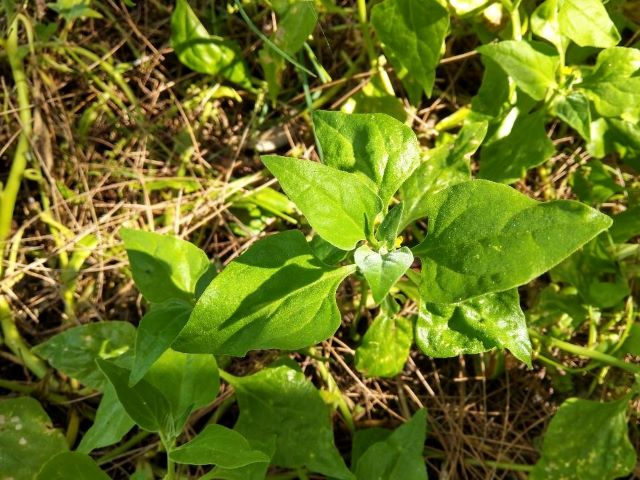
Related: Elderflower: What it Tastes Like and How To Use Them
Table of Contents
What Are Warrigal Greens?
For people who haven’t heard of them before, the biggest question is this: what are warrigal greens? Warrigal greens are a leafy vegetable, a lot like traditional spinach. Their scientific name is Tetragonia tetragonioides, but they are more commonly known as warrigal greens, Botany Bay spinach or sea spinach.
Warrigal greens are native to countries like Australia, New Zealand, parts of South America, and some of eastern Asia. Though these are their native countries, warrigal greens are quite hardy and can be found or introduced to places all over the globe. They are known as “sea spinach” because of their tendency to grow along the shoreline.
The preferred habitat for warrigal greens is a sandy shoreline or area where sand and soil begin to mingle. However, they can easily be bought as seeds or transplanted as cuttings into a garden in a more temperate climate.
Warrigal greens will die back during the winter in colder climates. But they’ll crop right back up in spring, provided they are in good soil with plenty of moisture.
These plants grow close to the ground, with green arrow-shaped leaves pointing in every direction. Once you get used to picking them out of a crowd, you can find yourself harvesting and foraging for warrigal greens all over the place!
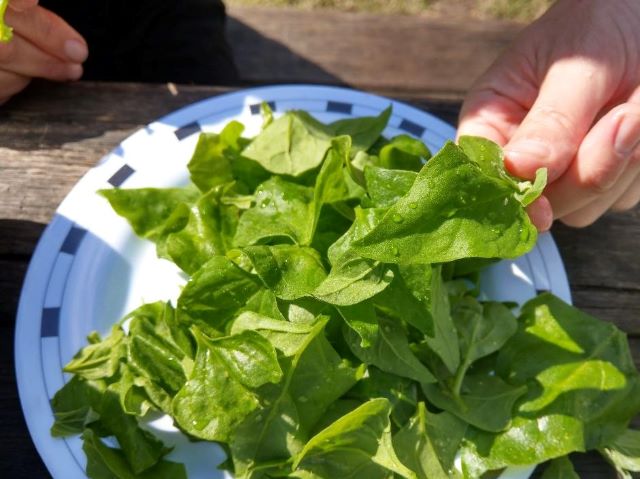
These little plants are a nice addition to any garden, but they also go well at the dinner table. You’ll quickly find that warrigal greens can be easily added to any number of recipes and boost the quality and the nutrition of any meal.
Related: Eating Purslane the Edible Weed | Eating Pumpkin Leaves
Can You Eat Warrigal Greens Raw?
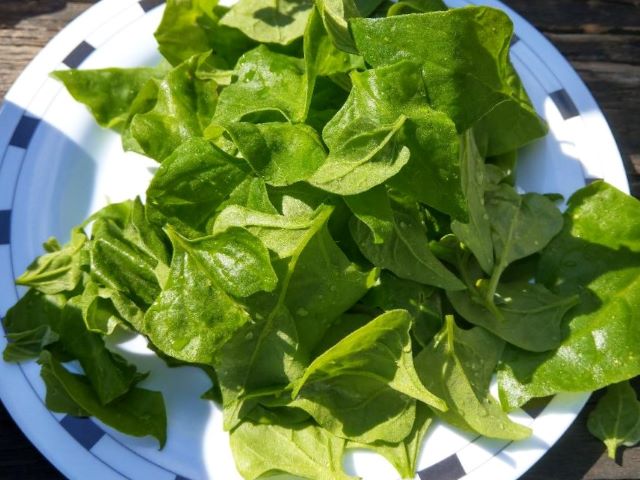
While warrigal greens are edible and delicious, they should not be eaten raw. Instead, blanch them for 1 minute prior to eating them. Or if they are being used in your cooking, the cooking process will have the same desired effect as the blanching. Cooking and blanching make warrigal greens safe to eat.
This is because warrigal greens, like many leafy vegetables, contain levels of oxalates. Oxalates are also known as oxalic acid, and it is actually very good for the body when consumed in low doses. Blanching the leaves in boiling water is an effective way to decrease the oxalic acid without sacrificing the nutritional value.
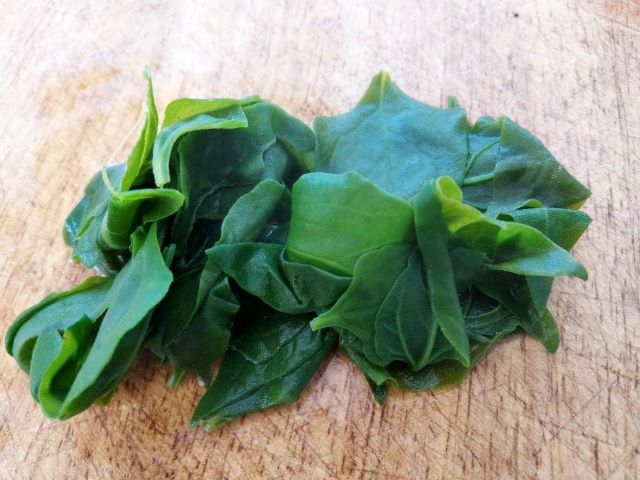
By the way, blanching prior to cooking is also important for green leafy vegetables like bok choy, chard, and spinach for the same reasons.
If you are foraging warrigal greens, it’s important to thoroughly clean them before consuming. This goes double if they are foraged from an area that is heavily trafficked.
Related: Eating Passion Fruit Leaves | Tips For Eating Dandelion Greens, Flowers, and Roots
What Do Warrigal Greens Taste Like?
Warrigal greens have been described as having a similar taste to spinach, with a mild flavor and a hint of salt. This salty aftertaste comes from their habitat near the ocean in salty soil and the fact that they store excess salt in tiny hairs over the leaves. This can rinse out with a good wash, but most people prefer the salty addition to the vegetable.
Personally, I find the flavor to be indistinguishable from spinach when cooked in a dish.
Warrigal greens are high in fiber and Vitamin C, as well as iron and antioxidants, so they are well worth adding to your meals.
Don’t be afraid to experiment and see which taste you like best! Warrigal greens could take the place of spinach, kale, bok choy, or chard in most dishes. And they taste great in soups, stews, stir-frys, or steamed as a side dish.
How To Cook With Warrigal Greens
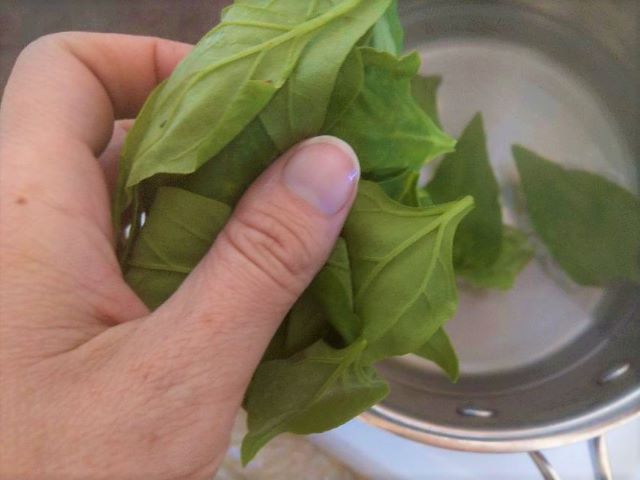
The first step to cooking with warrigal greens is to wash them thoroughly. You can either put them in a strainer and gently rinse them with cold water or soak them in the sink to clean them.
To blanch the leaves, first, bring a pot of water to a gentle boil. Next, drop in your warrigal greens and let them sit for 1 minute.
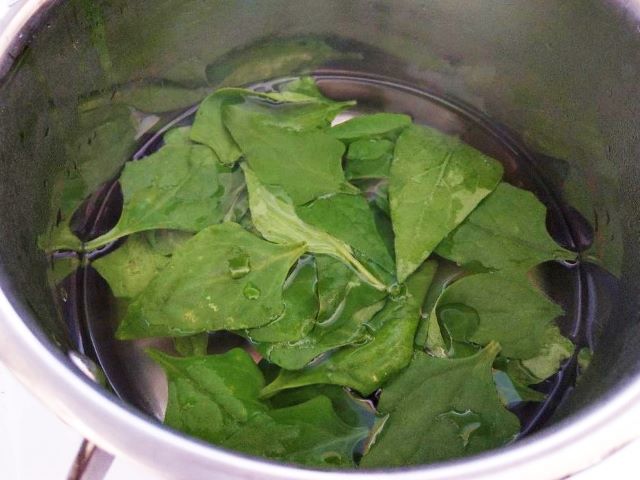
Remove them and drain them of excess water. You can either use them immediately or save them for later.
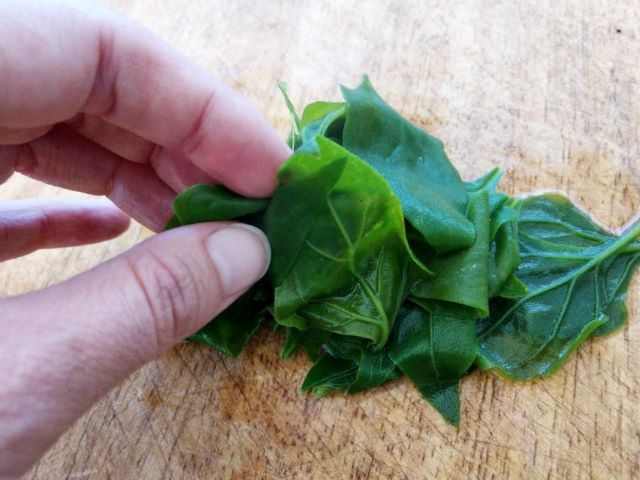
Cooking with warrigal greens is similar to cooking with other greens like spinach, bok choy or chard. You can sautee them with other vegetables and garlic, use them in a soup or stew, and also steam with garlic and other seasonings to add as a topping or side dish.
One of my favorite ways to eat warrigal greens is to stir-fry them with butter, garlic, and mushrooms and serve them with crusty bread for a delicious lunch.

Warrigal Greens Recipes
There are plenty of recipes to inspire you and expand your repertoire of warrigal green dishes. Here are a few you can try.
Warrigal Greens with Fettuccine – from Garden Clinic. This warrigal greens sauce recipe will also keep in the fridge for a week.
Frittata with Warrigal Greens – from Good Food. Breakfast is also an ideal time to add warrigal greens to your diet.
Warrigal Green Stir-Fry by Chef Kylie Kwong. This recipe would be perfect as a side dish or base for protein.
Green Gnocchi – from SBS. The greens offset the richness of the gnocchi and work really well together.
Four Ways With Warrigal Greens – from Not Quite Nigella. Includes four short recipes you can use with warrigal greens, from filo pie to cannelloni.
As you can see, warrigal greens are such a versatile ingredient and it can enhance so many dishes.
Tips for Growing Warrigal Greens
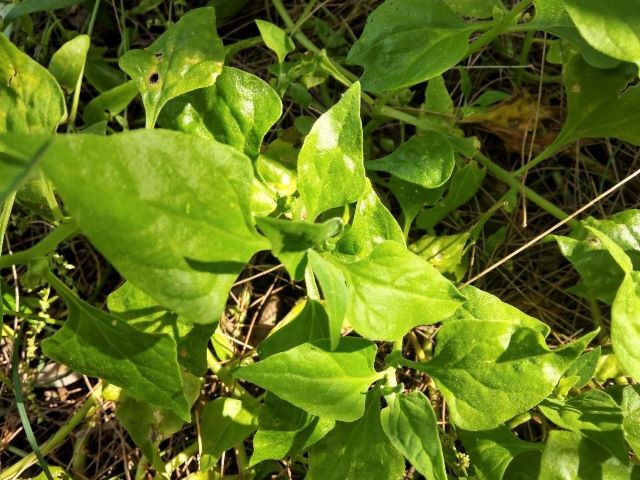
If you’re interested in growing your own crop of warrigal greens, there are some tips and strategies you can use to enhance your chances of a successful harvest.
Warrigal greens grow best in sandy soil, which you can collect yourself for your garden or buy at a specialty store.
Warrigal greens can tolerate the heat and drought, so they are worth taking a shot at planting in most climates.
If you are in an area with a heavy winter or frost, keep in mind that warrigal greens will appear as an annual and not a perennial. In a temperate climate, warrigal greens can be planted in trays at the start of spring and planted out in the sun once cold snaps have passed.
Subtropical and tropical climates can sow warrigal greens through winter. Wherever you are, make sure to keep the soil moist with regular watering. Regular harvesting will encourage growth and a thriving plant.
Given the right conditions, the warrigal green plant will spread to around 3-6 feet (1-2 meters) and 8-20 inches (20-50cm) tall, though they can also be contained and grown in a pot. Because of their sprawling nature, they make an excellent ground cover.
Warrigal greens also produce tiny flowers when they reach maturity. These flowers are also edible and will eventually become seeds. You can collect seeds to plant later or elsewhere.
Keep in mind that warrigal greens can easily take over a garden as an invasive species, so you can save the seeds you need and eat or compost the rest before they reach maturity.
Repeat the process for the next growing season, and you will have all the warrigal greens you could possibly want!
Conclusion
Warrigal greens are a delicious and healthy leafy green vegetable that can boost your diet and any dish. Similar to spinach, it is still a unique and hardy plant that you can grow yourself or forage from the wild!
Some of My Favorite Kitchen Items:
Further reading:
- Eating Nasturtium – Tips for Using Nasturtium In The Kitchen
- What To Do With Celery Leaves (Preserving and Recipe Ideas)
- Eating Beet Greens With Recipe Ideas
- Eating Sweet Potato Leaves with Recipe Ideas

